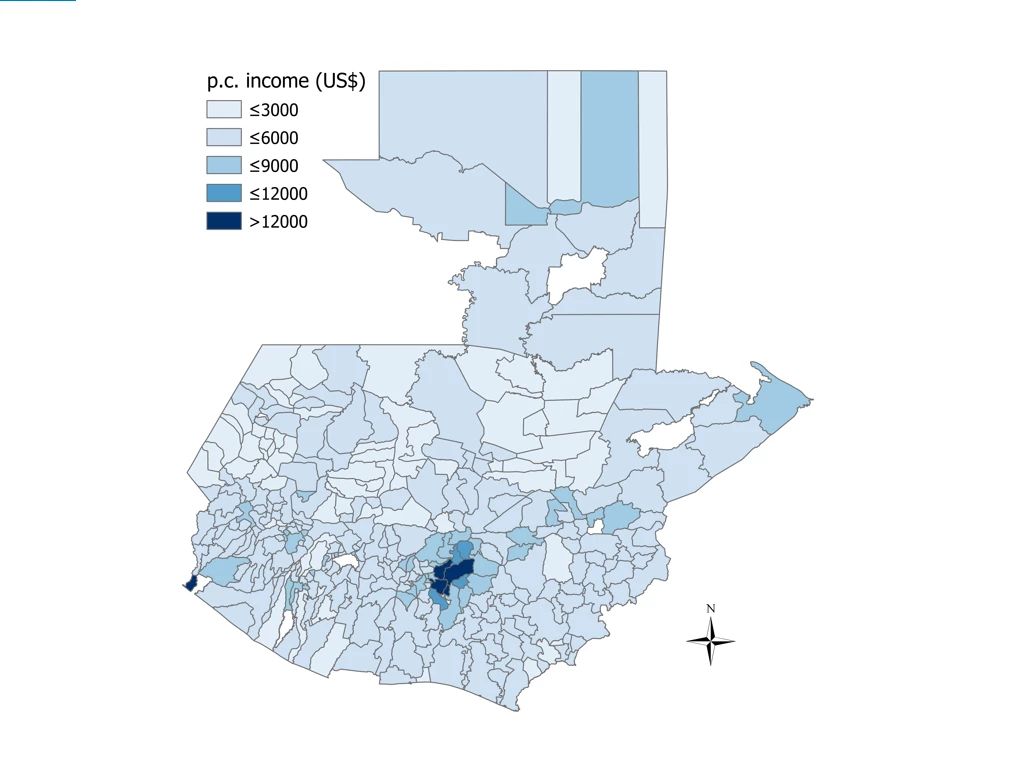In observance of the International Migrants Day, Dec 18
The United Nations 2030 Sustainable Development Agenda, in particular Goal 10.7, calls for a facilitating safe, orderly and responsible migration through the implementation of planned and well-managed migration policies.
One of the key the challenges is reducing the financial costs of recruitment incurred by low-skilled migrant workers seeking jobs abroad. In some migration corridors low-skilled workers have been observed to pay as much as US$4,000 for jobs that pay little more than USD 3,600 a year. That sometimes means slave-like working conditions, earning for more than a year just about what one pays to get a job abroad! It also entails working long overtime hours just to be able to send some money home.
Lack of equivalent opportunities at home for more gainful employment and increasing restrictiveness of immigration policies have driven up the costs that workers incur to cross borders. Difficulties of navigating complex migration processes have created a market for layers of brokers or recruitment agencies and sub-agents providing job matching services. Well-intentioned policies to protect migrants have often entailed multiple requirements to obtain clearances for foreign employment abroad. The illegal practice of “visa trading” and excess demand for foreign jobs by low and unskilled workers coalesce into an exploitative setting where low-skilled workers are robbed of much of the potential gains from working abroad.
The Global Knowledge Partnership on Migration and Development (KNOMAD) of the World Bank jointly with ILO have been developing a methodology to measure recruitment costs while advancing towards a global target to reduce migration costs. A primary aim of the KNOMAD/ILO initiative is to work with other UN agencies and national statistical agencies to develop a recruitment cost indicator (10.7.1) that can be actively monitored as part of the SDG agenda.
One measure of the recruitment cost indicator (RCI) for each origin-destination country corridor is the average of worker incurred recruitment cost expressed as a multiple of monthly foreign earnings. Aside from looking at mean or median values, it is also instructive to observe costs in the upper tail of the distribution, that is, in the fourth or fifth quintile where the issue of costs is most deserving of attention.
As an illustration, the graph below depicts a set of summary statistics derived from a KNOMAD/ILO survey of recruitment costs paid by a sample of Pakistani migrant workers in Saudi Arabia employed in the construction sector. In the upper 20 percent of the cost distribution or the fifth quintile, these workers paid as much as 14 times their foreign monthly earnings. In the fourth quintile, costs were around 11 times their monthly wages.

Unlike other SDG indicators, the recruitment cost indicator would need to be corridor specific as costs can vary depending on the origin-destination country combination. An earlier pilot survey in Kuwait revealed significant differences in costs paid by migrants from India, Pakistan and Sri Lanka. Workers from Pakistan to Saudi Arabia in the construction sector also pay more than similar workers heading to the U.A.E.
It is also more advantageous to conduct surveys in the countries of employment rather than in the origin country after a migrant has returned. It can be difficult to determine who has returned and where they are residing. Alternatively, large household surveys in the home country with additional (over)sampling in localities known to host migrant households could be employed. To facilitate future data collection efforts by national statistical agencies, KNOMAD has developed a short-form questionnaire to elicit cost and earnings data that can be included in existing household or labor force surveys.
By putting the spot-light on recruitment costs, the development community will be in a stronger position to pursue an evidence-based approach to systematically lower costs for the benefit of migrant households and host communities.
The United Nations 2030 Sustainable Development Agenda, in particular Goal 10.7, calls for a facilitating safe, orderly and responsible migration through the implementation of planned and well-managed migration policies.
One of the key the challenges is reducing the financial costs of recruitment incurred by low-skilled migrant workers seeking jobs abroad. In some migration corridors low-skilled workers have been observed to pay as much as US$4,000 for jobs that pay little more than USD 3,600 a year. That sometimes means slave-like working conditions, earning for more than a year just about what one pays to get a job abroad! It also entails working long overtime hours just to be able to send some money home.
Lack of equivalent opportunities at home for more gainful employment and increasing restrictiveness of immigration policies have driven up the costs that workers incur to cross borders. Difficulties of navigating complex migration processes have created a market for layers of brokers or recruitment agencies and sub-agents providing job matching services. Well-intentioned policies to protect migrants have often entailed multiple requirements to obtain clearances for foreign employment abroad. The illegal practice of “visa trading” and excess demand for foreign jobs by low and unskilled workers coalesce into an exploitative setting where low-skilled workers are robbed of much of the potential gains from working abroad.
The Global Knowledge Partnership on Migration and Development (KNOMAD) of the World Bank jointly with ILO have been developing a methodology to measure recruitment costs while advancing towards a global target to reduce migration costs. A primary aim of the KNOMAD/ILO initiative is to work with other UN agencies and national statistical agencies to develop a recruitment cost indicator (10.7.1) that can be actively monitored as part of the SDG agenda.
One measure of the recruitment cost indicator (RCI) for each origin-destination country corridor is the average of worker incurred recruitment cost expressed as a multiple of monthly foreign earnings. Aside from looking at mean or median values, it is also instructive to observe costs in the upper tail of the distribution, that is, in the fourth or fifth quintile where the issue of costs is most deserving of attention.
As an illustration, the graph below depicts a set of summary statistics derived from a KNOMAD/ILO survey of recruitment costs paid by a sample of Pakistani migrant workers in Saudi Arabia employed in the construction sector. In the upper 20 percent of the cost distribution or the fifth quintile, these workers paid as much as 14 times their foreign monthly earnings. In the fourth quintile, costs were around 11 times their monthly wages.

Unlike other SDG indicators, the recruitment cost indicator would need to be corridor specific as costs can vary depending on the origin-destination country combination. An earlier pilot survey in Kuwait revealed significant differences in costs paid by migrants from India, Pakistan and Sri Lanka. Workers from Pakistan to Saudi Arabia in the construction sector also pay more than similar workers heading to the U.A.E.
It is also more advantageous to conduct surveys in the countries of employment rather than in the origin country after a migrant has returned. It can be difficult to determine who has returned and where they are residing. Alternatively, large household surveys in the home country with additional (over)sampling in localities known to host migrant households could be employed. To facilitate future data collection efforts by national statistical agencies, KNOMAD has developed a short-form questionnaire to elicit cost and earnings data that can be included in existing household or labor force surveys.
By putting the spot-light on recruitment costs, the development community will be in a stronger position to pursue an evidence-based approach to systematically lower costs for the benefit of migrant households and host communities.



Join the Conversation